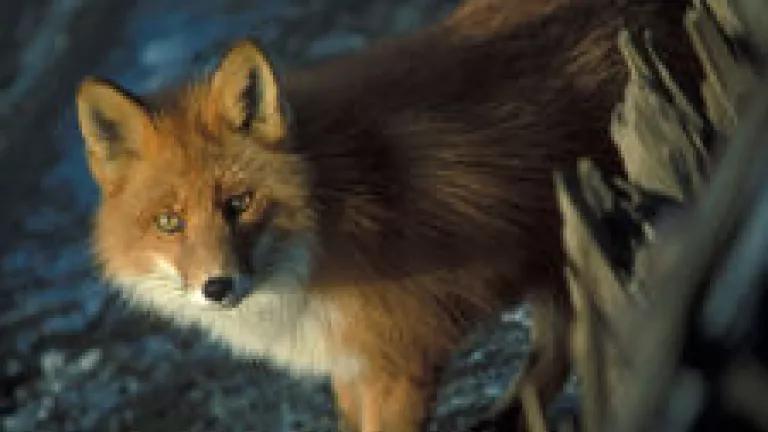
An important paper was published in Conservation Letters last month, “License to kill: reforming federal wildlife control to restore biodiversity and ecosystem function.” Authored by seven biologists from different colleges and universities around the country, the essay signals a key convergence -- public outrage at Wildlife Services’ widespread
killing of wildlife, including wolves, mountain lions, foxes, and coyotes, is meeting scientific consensus that the federal agency’s actions are ecologically unnecessary and counter-productive.
The public outrage has been apparent for some time. Indeed, just last week an internal email obtained by Tom Knudson at the Sacramento Bee revealed that even the current Administrator of the Animal Plant and Health Inspection Service (APHIS), of which Wildlife Services is a part, complained that “not a week goes by without a scandal in [Wildlife Services].”
As the scientific community has become increasingly aware of Wildlife Services’ practices, their concern has only grown. As the Conservation Letters paper points out, many of the animals killed by Wildlife Services
…are important species in their native ecosystems (e.g., ecosystem engineers such as prairie dogs and beavers, and apex predators such as gray wolves). Reducing their populations, locally or globally, risks cascading negative consequences including impoverishment of biodiversity, loss of resilience to biotic invasions, destabilization of populations at lower trophic levels, and loss of many ecosystem services that benefit human society directly and indirectly
And yet, despite these ecological consequences, the agency’s own evaluation of its actions is woefully inadequate. Indeed,
[Wildlife Services] conducts little or no population monitoring of lethally-controlled mammals nor of their alternate natural prey, no studies of whether WS control is additive with other causes of mortality, and no studies of how control affects populations of non-target species that are unintentionally killed. Moreover, WS operations have never been the subject of an independent cost-benefit analysis, and their internal economic analyses do not adhere to guidelines used by most federal agencies, nor do they consider lost ecological or economic values of the predators themselves (Loomis 2012).
Luckily, alternative, non-lethal methods exist to manage livestock and largely avoid the conflicts between cattle, sheep, and predators that are so often the occasion for lethal control by Wildlife Services. NRDC has documented these methods and is helping some communities to put them into practice. And, as we show in our new film, Wild Things, many ranchers are beginning to use alternative techniques and are seeing how successful they can be. And yet, as the paper also points out:
As long as private livestock producers can externalize the costs of predator losses via government-subsidized predator control, they will have little incentive for responsible animal husbandry techniques, i.e., reduce stocking levels, clear carcasses and after-births quickly, confine herds at night or during calving/lambing, install fencing and fladry, or adopt numerous other non-lethal preventive methods to avoid depredation (Shivik et al. 2003).
We need to reform Wildlife Services. You can take action here.
UPDATE: In an incisive editorial, the New York Times has now endorsed both Congressional hearings and a Department of Agriculture's audit of Wildlife Service. Read the full editorial here.

